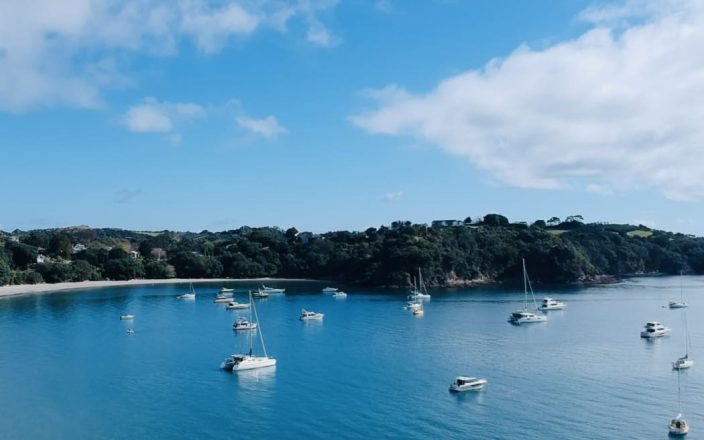Đảo Waiheke đang đối mặt với khủng hoảng nhà ở. Nhiều chủ nhà đang thuê nhà của họ cho khách du lịch thay vì cư dân lâu dài. Điều này đã dẫn đến tỷ lệ vô gia cư cao trên hòn đảo, nơi có dân số nhỏ. Mặc dù có nhiều ngôi nhà có sẵn, nhưng hơn một phần ba không có người ở, gây ra vấn đề cho người dân địa phương đang tìm kiếm nhà ở giá cả phải chăng.
Tiến sĩ Pam Oliver, một nhà nghiên cứu xã hội và cư dân lâu năm, nhấn mạnh rằng các điểm du lịch nổi tiếng khác đã quản lý các vấn đề tương tự mà không làm mất thu nhập khách du lịch. Bà nói: “Chúng tôi không muốn khách du lịch rời đi; chúng tôi chỉ cần khắc phục tình trạng dư cung cho thuê ngắn hạn và đảm bảo nhà cửa có sẵn cho người dân địa phương.”
Airbnb và các nền tảng tương tự thường mang lại nhiều tiền hơn cho thuê dài hạn cho chủ nhà. Điều này dẫn đến nhiều ngôi nhà trống trong hầu hết năm trong khi những người thuê nhà địa phương phải vật lộn để tìm nhà. Năm 2018, 38% ngôi nhà trên đảo Waiheke đã trống rỗng, và con số này có thể cao hơn bây giờ. Một báo chí địa phương gần đây cho thấy chỉ có chín căn nhà cho thuê dài hạn có sẵn, so với 698 danh sách lưu trú ngắn hạn, và chín căn nhà đó không phải chăng.
Những người đã thuê nhà trong nhiều năm đang phải đối mặt với những lựa chọn khó khăn. Nhiều người buộc phải chia sẻ địa điểm với bạn bè hoặc di chuyển thường xuyên để tìm nơi ở. Vấn đề này không chỉ có ở đảo Waiheke; những nơi khác trên toàn thế giới đang thực hiện các bước để quản lý tác động của du lịch đối với nhà ở địa phương.
Dự án Waiheke Forever, mà Oliver là một phần của dự án, đang yêu cầu Hội đồng Auckland hành động. Họ đề nghị chính quyền địa phương có thể tạo ra các quy tắc để giúp cư dân. Ví dụ, một số nơi tăng tỷ lệ cho những ngôi nhà không có người ở hoặc giới hạn số ngày một ngôi nhà có thể được thuê để du lịch. Các thành phố ở New Zealand, như Rotorua và Christchurch, cũng như các thành phố ở Úc, đã thực hiện những thay đổi như vậy.
Oliver cho biết bây giờ đến lượt Hội đồng Auckland giúp bảo vệ người dân địa phương và đảm bảo họ có quyền tiếp cận nhà ở.






























































